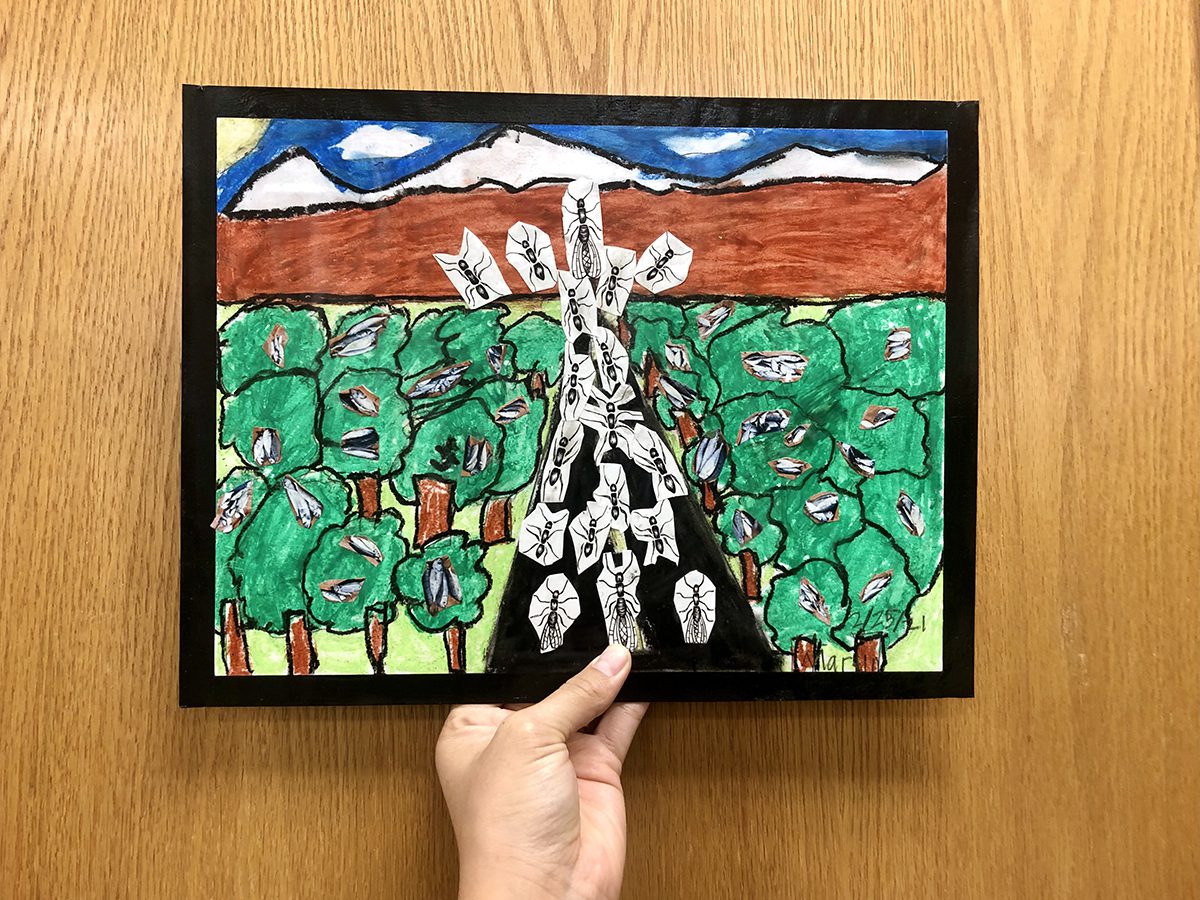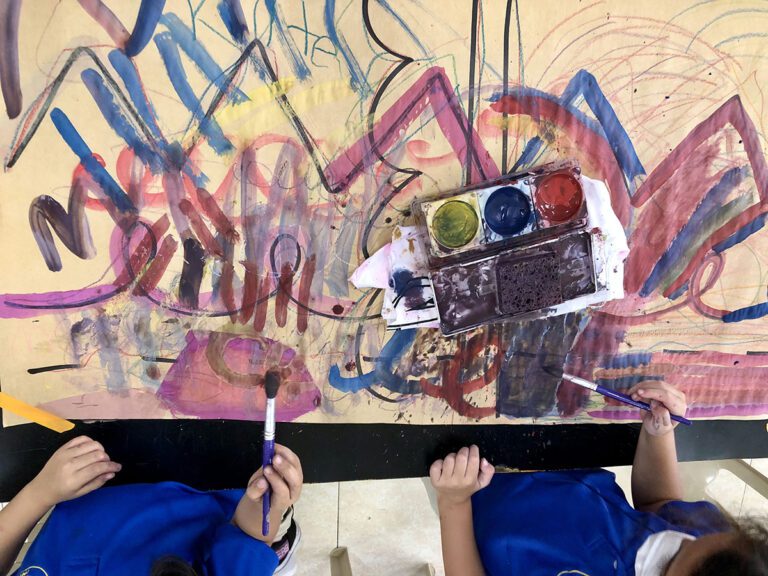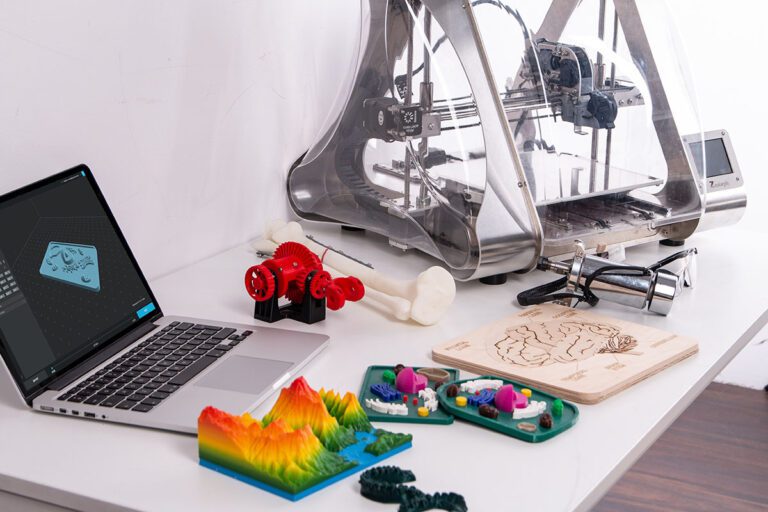Roses are red, and violets are blue; your students love choice, and soon so will you. In this season of love, celebrate the tried and true choice-based art approach with the AOEU community. Choice-based art offers every art teacher something to love!
At its heart, choice-based art is simply adding choices to your art classroom. In the Increasing Choice at the Elementary Level Pack in PRO Learning, Suzie Belzer defines choice as “any opportunity for students to have input in what they are creating or how they are creating.” By this definition, choice-based instruction is not an all-or-nothing situation; instead, it exists on a continuum.
The Choice Spectrum included in the Planning For Choice at the High School Level Pack offers a look at the different levels of choice and corresponding instructional approaches. While studying this array, you are bound to discover that you include more choices in your art room than you realize.
Check out the other resources in the Increasing Choice at the Elementary Level and Planning for Choice at the High School Level Packs to start your relationship with choice today!
Rest assured, your students enjoy the trust and freedom you give them with the choices you already incorporate. The more you realize your students love choice, the more likely you will love it too.
As an art teacher, it is easy to fall in love with what your students love. Here are six reasons your students love choice in the art room.
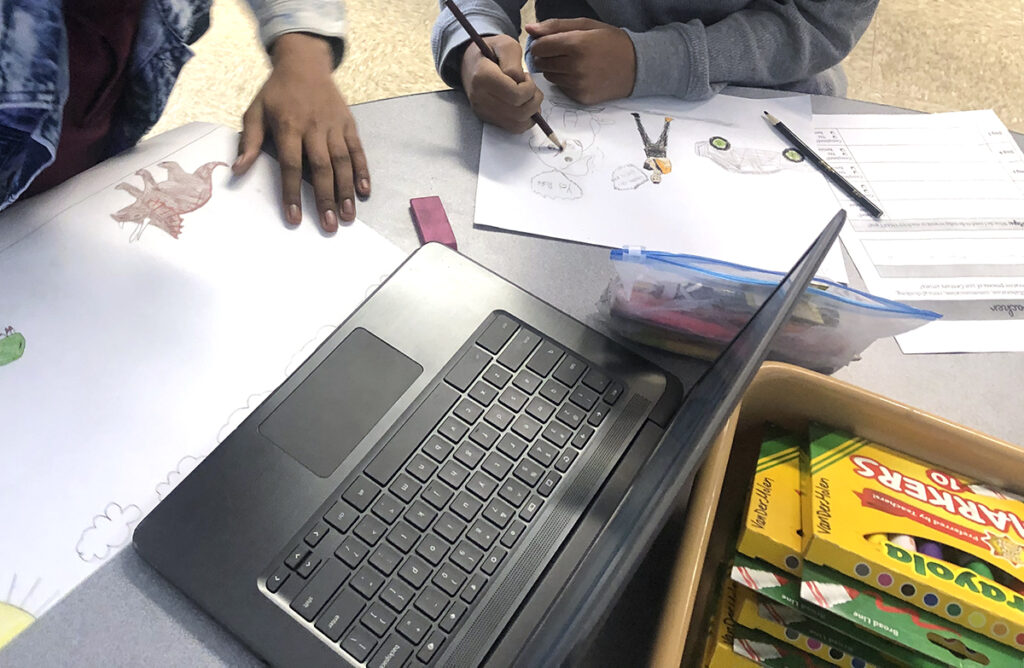
1. Builds creative and intellective capacity.
Providing choice allows students to use their imagination to devise solutions to artistic challenges. The sky is the limit as they implement a new medium or respond with a unique spin on a specific prompt. Choice piques student curiosity, which leads to creativity!
Try it in your art room!
Students complete the phrase, “Imagine if…” For example, imagine if pigs could fly, dinosaurs were real, or dogs could talk. Students illustrate the phrase of their choice.
2. Promotes intrinsic motivation and ownership.
Choice gives a place to explore and play in your art room. Students experiment with art materials and skills to produce different outcomes. They are proud of their creations because they know the process they went through to make them.
Try it in your art room!
Invite your students to explore and play with tempera cakes on 3″ x 5″ cards, like these artist trading cards. Allow them to create as many as they want. Then, share their creations with the class and collectively brainstorm applications for their discovered techniques.

3. Supports social-emotional learning and well-being.
Adding more choice to your lessons requires students to make decisions and take artistic risks. It develops the emotional resilience your students need to face new challenges by pushing them outside of their comfort zone one choice at a time.
Try it in your art room!
Students practice value by shading a sphere or a cube. Next, explore shading in a 3″ x 3″ drawing of an object of their choice. Finally, students set up their own still life and render it as a fully developed value drawing.
4. Enhances and refines technical and artistic abilities.
You don’t have to sacrifice technical and artistic skills in the name of choice. On the contrary, choice gives students an incentive to develop their abilities to execute a particular idea. In addition, the increased motivation gets students excited to learn essential art techniques.
Try it in your art room!
Run a sculpture-building boot camp where you teach students various ways to manipulate cardboard. Or challenge students to put their skills to work building an art city. Students reflect on what they accomplished and how they used what they learned.
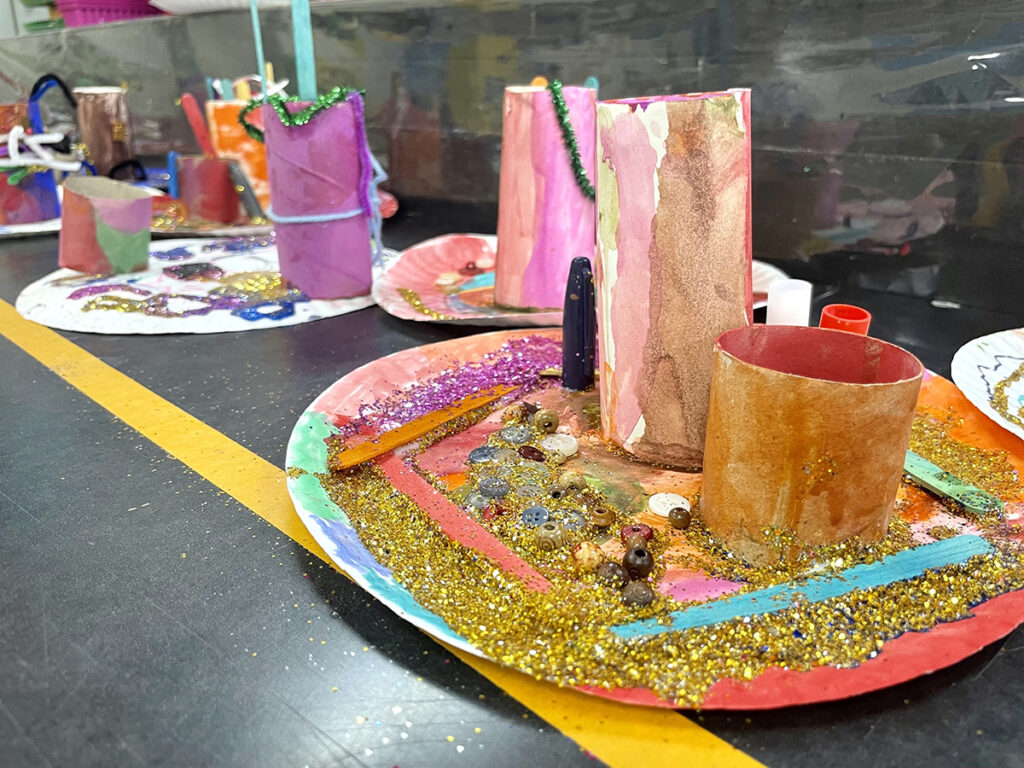
5. Increases cultural responsiveness and inclusion.
Students from all walks of life deserve a platform for their experiences. You can create a welcoming and inclusive environment by offering curated options with the subject matter and intellectual content. As a result, students can learn from the experiences of others and become more culturally aware.
Try it in your art room!
Prompt students to create a painting of their life anthem. They can include lyrics, imagery, and colors that represent them. Then, facilitate a sharing circle where students present their artwork and answer questions.
6. Develops relevant and applicable real-world skills.
Creativity, collaboration, communication, and critical thinking are essential 21st-century qualities that choice fosters. You can make your art experiences more meaningful and relevant by practicing skills students need long after they leave your class.
Try it in your art room!
Students draw a landscape in the medium of their choice. Then, pair them up to discuss how they can transform their landscapes into Surrealist-inspired imagery.
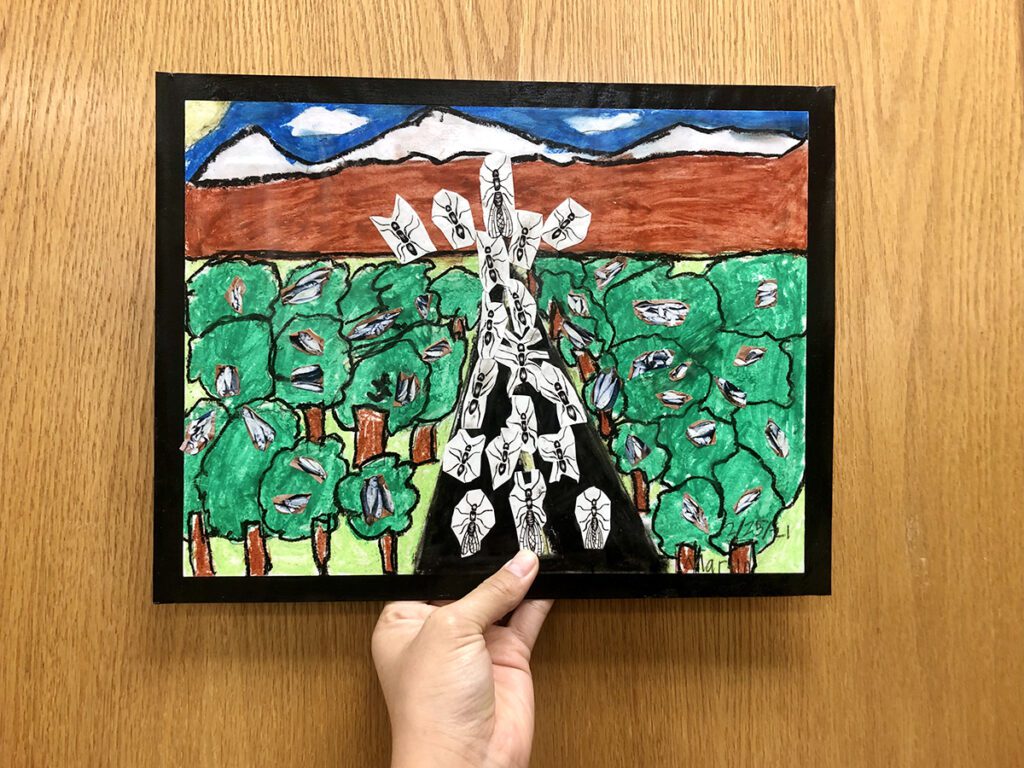
If you are not in love yet, here are some additional reasons why adding more choice in your art room benefits you as a teacher. When you incorporate choice into your art room, you:
- Have time to better meet your students’ needs.
- Increase your time to build relationships with students.
- Differentiate and diversify your instruction.
- Reduce your amount of prep time.
- Learn something new from your students every day.
You will experience a noticeable difference when your students buy into their projects. Committing to choice takes intentionality one day at a time. No matter what degree of choice you can add to your classroom, your students will thank you!
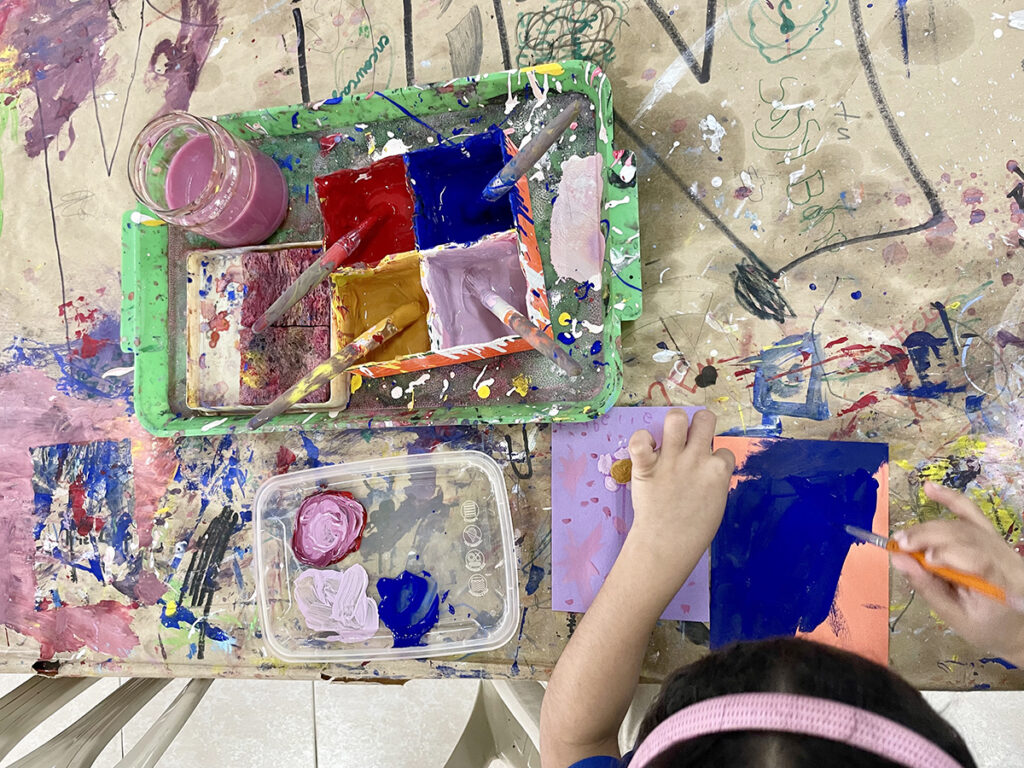
You are probably ready to write love poems to choice-based art now that you know all the benefits of adding choice to your art room. Providing choice builds your students’ technical, emotional, creative, and real-world skills. You have more time to meet your students’ needs, build relationships, and learn from your students when you allow choice. There is no need for more convincing. You are ready to give love a shot and try out choice-based art!
Are you still feeling hesitant or skeptical? Here are three resources to help you get better acquainted with choice before making a date in your art room with it:
- Top 5 Myths to Teaching a Choice Curriculum
- Exploring the Open Art Room (Ep. 080)
- Transitioning from Traditional to Choice Curriculum Pack in PRO Learning
What do you love about choice-based art?
How do you incorporate choice in your classroom?
Which project will you try in order to bring more choice to your art room?
Magazine articles and podcasts are opinions of professional education contributors and do not necessarily represent the position of the Art of Education University (AOEU) or its academic offerings. Contributors use terms in the way they are most often talked about in the scope of their educational experiences.
